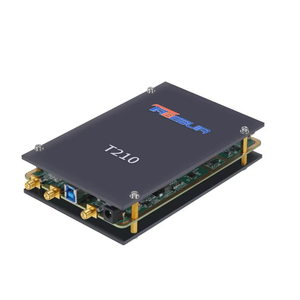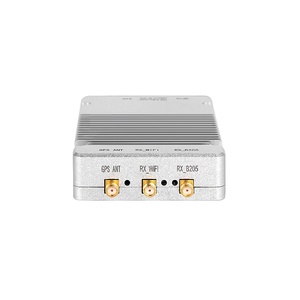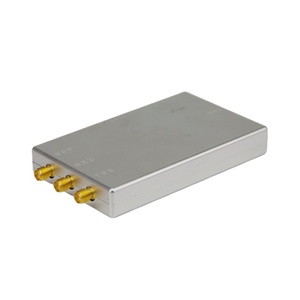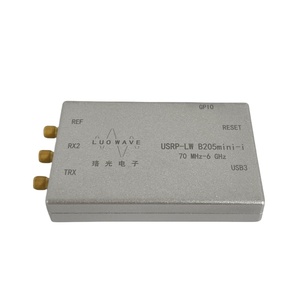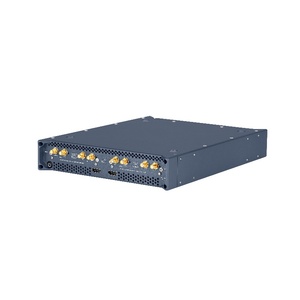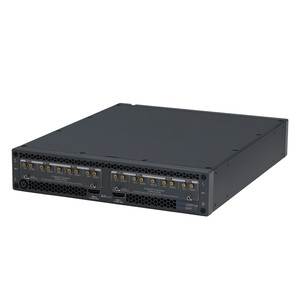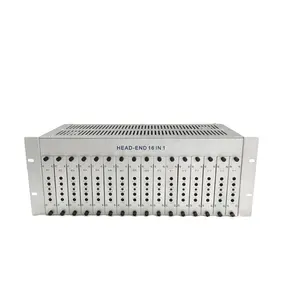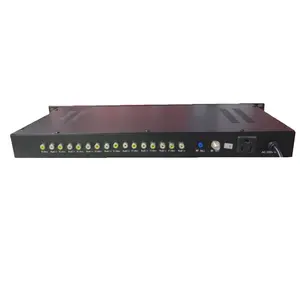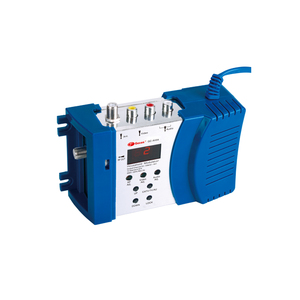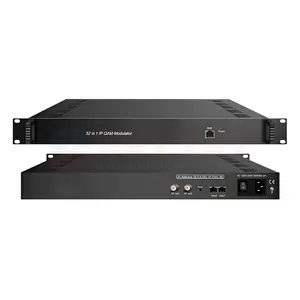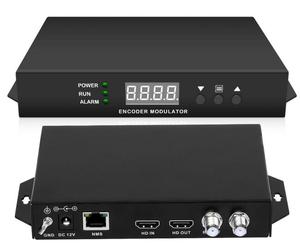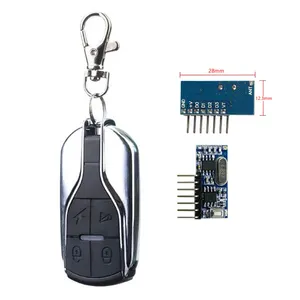Rf Modulator

 CN
CN


 Top sponsor listing
Top sponsor listing








 1/3
1/3




 0
0





 1/3
1/3







 1/34
1/34







 1/8
1/8




 1/2
1/2




 1/3
1/3






 1/8
1/8




 1/3
1/3







 1/16
1/16




 1/3
1/3






 1/17
1/17

 HK
HK





 1/9
1/9


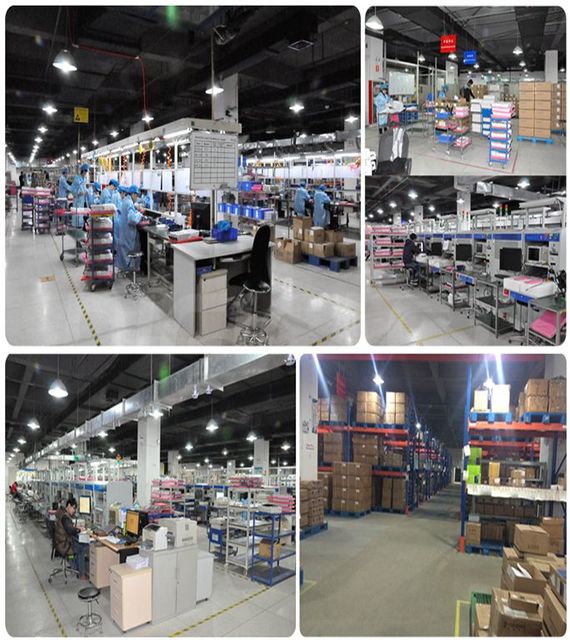

 1/3
1/3




 1/3
1/3



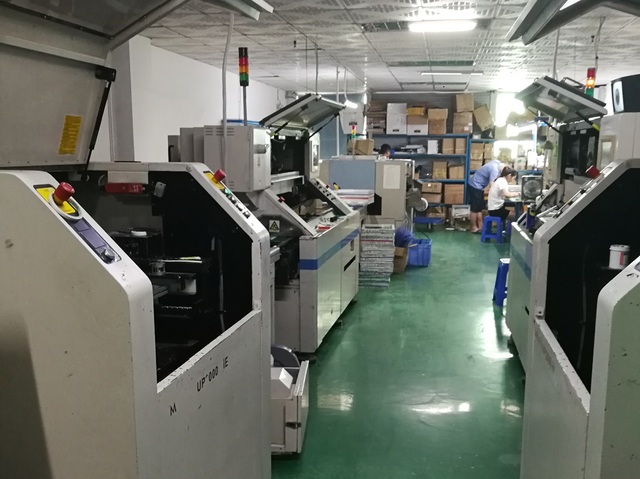

 1/3
1/3



 1/3
1/3


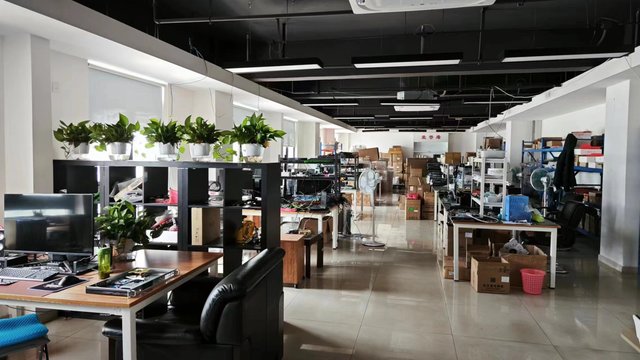

 1/3
1/3
About rf modulator
Where to Find RF Modulator Suppliers?
China remains the central hub for RF modulator manufacturing, with key production clusters in Guangdong, Hubei, and Shandong provinces. These regions host vertically integrated electronics supply chains, enabling rapid component sourcing and streamlined assembly. Zhuhai and Guangzhou in Guangdong province specialize in radio frequency and broadcasting equipment, supported by mature PCB fabrication networks and fiber optic ecosystems. Wuhan, a center for software-defined radio innovation, offers advanced R&D capabilities in signal modulation technologies.
The industrial clusters provide economies of scale through consolidated logistics, access to certified electronic component suppliers, and specialized labor pools. Suppliers benefit from localized access to test equipment, EMI shielding materials, and SMT production lines, reducing lead times for both standard and customized RF modulators. Buyers can expect typical production cycles of 15–30 days for small to medium orders, with cost advantages of 20–35% compared to Western or Southeast Asian manufacturers due to optimized material procurement and energy-efficient assembly processes.
How to Choose RF Modulator Suppliers?
Selecting reliable suppliers requires systematic evaluation across technical, operational, and transactional dimensions:
Technical & Quality Compliance
Verify adherence to international standards such as CE, FCC, and RoHS for electromagnetic compatibility and environmental safety. For broadcast-grade applications, confirm support for DVB-T, NTSC/PAL, or ATSC standards based on regional requirements. Request documentation for signal stability testing, harmonic distortion levels (typically < -40 dBc), and output frequency accuracy (±10 kHz). ISO 9001 certification is recommended as a baseline indicator of quality management systems.
Production & Customization Capability
Assess supplier infrastructure using the following benchmarks:
- In-house design and PCB assembly capabilities for agile prototyping
- Support for multi-channel modulation (8-, 16-, or 24-in-1 configurations)
- Customization options including input types (HDMI, AV, IP), output frequency bands, scrambling functions, and OEM labeling
- Integration with IPTV, hotel TV systems, or CATV headend infrastructure
Cross-reference product listings with response time (<3 hours) and on-time delivery rates (>95%) to assess operational reliability.
Transaction & Risk Mitigation
Utilize secure payment mechanisms such as escrow services for initial transactions. Prioritize suppliers with verifiable reorder rates above 25%, indicating customer retention and product consistency. Conduct sample testing to validate signal integrity, thermal performance under continuous operation, and compatibility with existing transmission equipment. Confirm packaging standards for ESD protection during international shipping.
What Are the Best RF Modulator Suppliers?
| Company Name | Main Products | On-Time Delivery | Reorder Rate | Response Time | Online Revenue | Customization Support | Key Product Features |
|---|---|---|---|---|---|---|---|
| Wuhan Software-Defined Radio Technology Co., Ltd. | Wireless & RF Modules, Development Boards, PCB & PCBA | 100% | - | ≤1h | US $400+ | Color, material, size, graphic, design | Software-defined architecture, modular development kits |
| Yantai Yatai Photoelectricity Equipment Co., Ltd. | CATV Headend Equipment, Analog/Digital Modulators | 100% | 36% | ≤3h | US $400,000+ | HDMI input, scrambling, streaming protocols, OEM labels | Multi-format AV/HD-to-RF, live broadcasting integration |
| Zhuhai Gecen Electronic Co., Ltd. | DVB-T RF Modulators, Satellite TV Receivers, Fiber Optic Equipment | 87% | 25% | ≤4h | US $100,000+ | Limited customization (bulk-dependent) | Low-cost analog/digital models, high-volume pricing |
| Guangzhou Starlink Electronic Technology Co., Ltd. | CATV Modulators, Encoders, Fiber Optic Connectors | 100% | <15% | ≤3h | US $110,000+ | Channel configuration, HDMI compatibility, hotel TV systems | High-channel-count modulators (32–64 channels), encoder integration |
| SHENZHEN WOLCK NETWORK PRODUCT CO.,LIMITED | IP-to-Analog Modulators, Agile Modulators, Network Equipment | 99% | 48% | ≤2h | US $310,000+ | Output wavelength, tuner integration, project consultation | IP-to-RF conversion, agile frequency tuning, enterprise networking integration |
Performance Analysis
SHENZHEN WOLCK demonstrates strong customer loyalty with a 48% reorder rate and sub-2-hour response times, indicating efficient client support. Yantai Yatai and Guangzhou Starlink achieve 100% on-time delivery, reflecting robust production planning—critical for time-sensitive broadcast deployments. While Zhuhai Gecen offers competitive pricing (as low as $9/unit at 100+ MOQ), its lower on-time delivery rate suggests potential logistical constraints. Wuhan-based suppliers excel in innovation, particularly in software-defined radio platforms suitable for R&D or military applications. For high-volume procurement, prioritize suppliers with proven export experience and documented compliance with destination-market regulations.
FAQs
What is the typical MOQ for RF modulators?
Minimum order quantities vary by supplier and model. Entry-level analog modulators may have MOQs as low as 1 piece, while bulk-optimized digital units require 10–100 pieces for best pricing. High-channel-count or custom-configured units are typically sold per unit with no minimum.
What are common lead times for RF modulator production?
Standard products ship within 7–15 days after order confirmation. Customized units with specific firmware, frequency plans, or OEM branding require 20–30 days. Expedited production may be available upon request, depending on factory capacity.
Can RF modulators be customized for specific broadcast standards?
Yes, most suppliers support customization for DVB-T, ISDB-T, ATSC, or PAL/NTSC standards. Frequency band selection (VHF/UHF), channel spacing (6/7/8 MHz), and output power (20–60 dBμV) can be tailored. Some suppliers offer integration with IPTV middleware or scrambling systems for pay-TV applications.
Do suppliers provide technical documentation and SDKs?
Leading suppliers supply datasheets, user manuals, and wiring diagrams. For software-defined or IP-based modulators, SDKs and API access may be available for system integration, particularly in hotel, hospital, or campus TV networks.
How to evaluate signal quality before mass ordering?
Request physical or lab-tested samples to measure critical parameters: carrier-to-noise ratio (C/N), adjacent channel leakage ratio (ACLR), and modulation error ratio (MER). Use spectrum analyzers to verify frequency stability and harmonic suppression. Validate interoperability with existing set-top boxes or distribution amplifiers.
